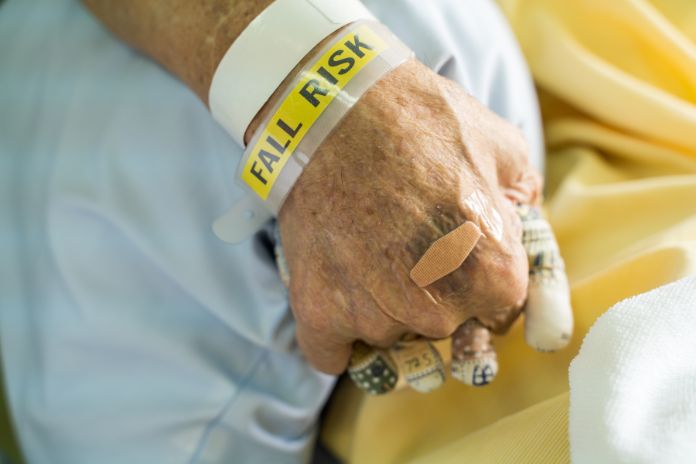
There’s no doubt that exercising is beneficial to the mind, body, and soul. The overwhelming amount of physical activities available to try when maintaining fitness allows you to stay active in multiple ways, but it’s easy to overdo it.
One moment, you’re enjoying a run through your local park, and the next, you’re withering in pain on the side of the trail after twisting your ankle. Injuries are never fun; they place your fitness journey at a standstill, affecting your overall health.
However, recovering from an injury is possible. Healing requires determination, diligence, and kindness to yourself. That said, here are the dos and don’ts of recovering from a workout injury.
Don’t Rush Your Recovery
Many doctors and professionals say that recovery should last twice as long as the time your initial injury kept you away from activity. For instance, imagine the following scenario: you suffered a shoulder mishap during a bench press.
After consulting your physician, they determine it will take about a week to recover. After the recovery stage away from the gym, plan to take two additional weeks to work back up to the weight you were training with before the injury. Doing so may allow you to rebuild strength, flexibility, and coordination.
Do Consult Your Physician
After an injury, you might wonder what your next course of action is. Who better qualified to walk you through the process than your doctor? It helps to talk to your physician about treatment and recovery plans so that you can establish the best programs for your specific needs.
Every injury is unique, and everyone recovers differently. Doctors will be able to discuss exclusive methods to get you back in the game.
Don’t Play Through Pain
Some people may live by the words “no pain, no gain,” but you never want to exacerbate an injury. Post-injury is not the ideal time to push through discomfort. Instead, it helps to check in with yourself prior to engaging in the activity.
If you’re experiencing limited mobility or extreme discomfort during your workout, you’ll want to stop and consult your physician right away for the next steps.
Do Establish Small Goals
Recovery can be a lengthy process, so consider mapping out small goals to avoid pausing your journey entirely.
If you’re not ready to use strength training equipment in a standard fashion, there are still ways to use equipment while recovering from your injury. These alternatives will often provide modified versions of standard movements to avoid discomfort.
Truthfully, injuries are bothersome in more ways than the obvious ones. However, recovering from injuries is easier when you know the dos and don’ts! Ultimately, you’ll want to return to perform the activities you love but remember that patience will help you succeed at a nice, gradual return.







